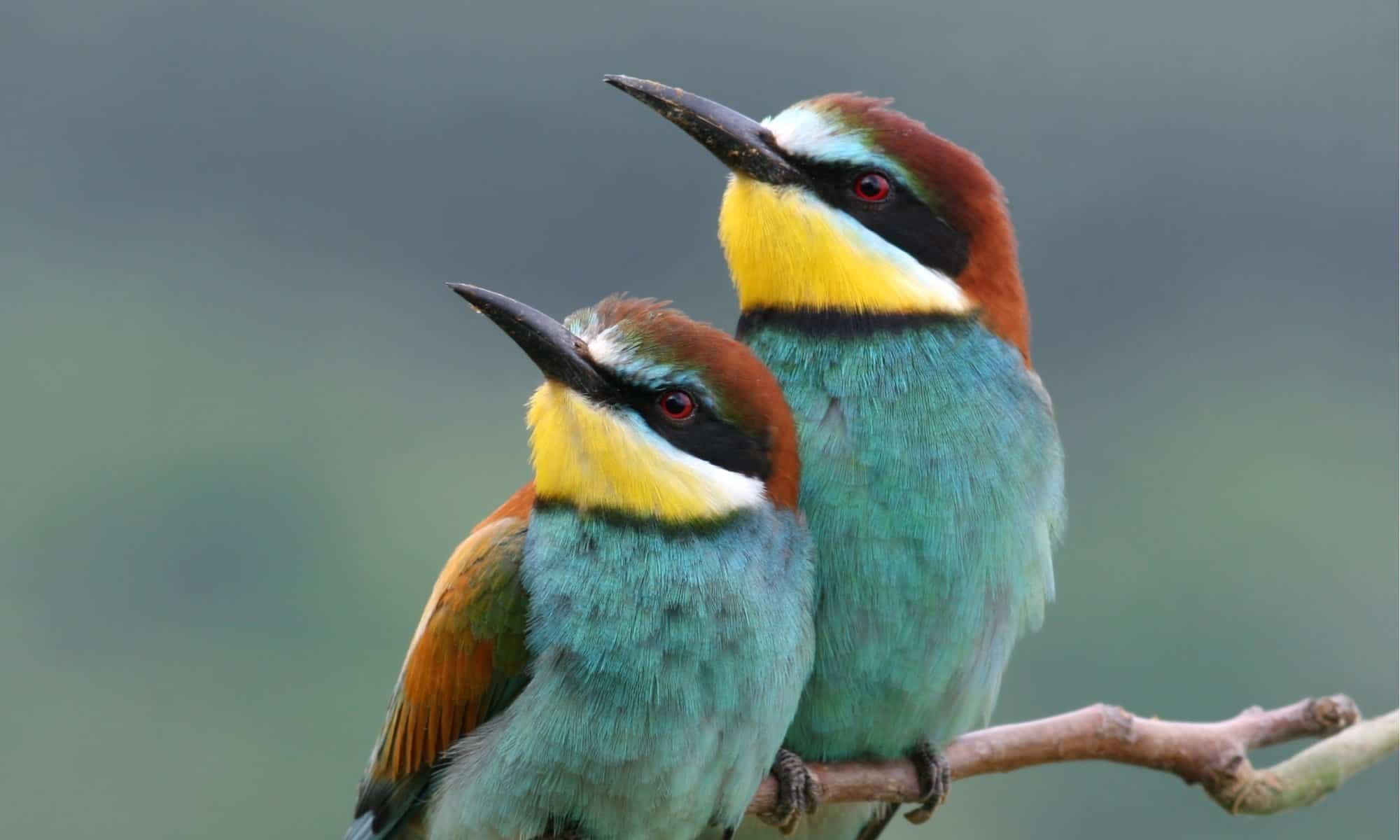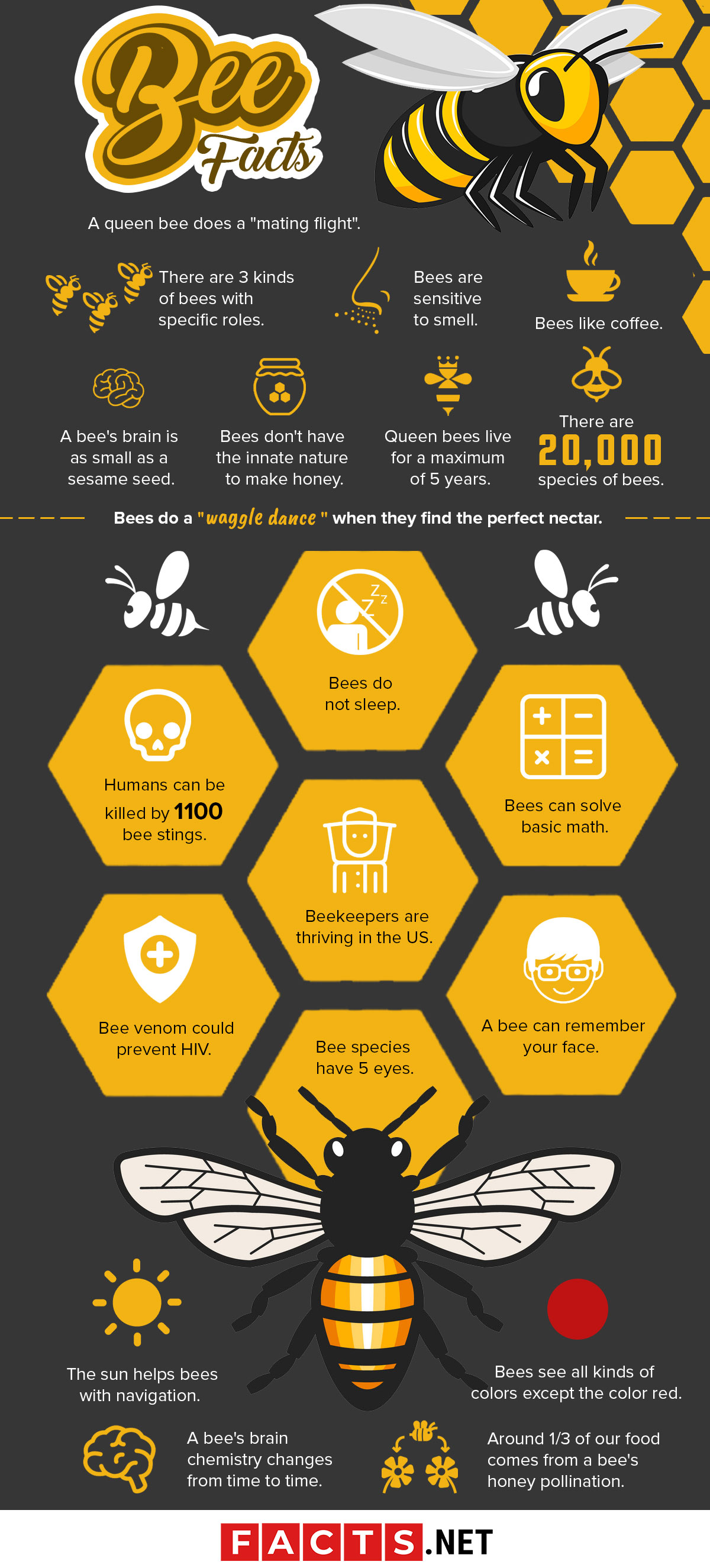What Are Some Interesting Facts About Bee Eater With their vivid plumage peculiar eating habits spectacular migrations cooperative breeding behaviour and distinctive nesting behaviour bee eaters are absolutely amazing birds These birds are proof of the richness and splendour of the avian kingdom
May 27 2024 nbsp 0183 32 The bee eater Meropidae is a medium sized non passerine bird native to Africa Asia southern Europe and Australia They inhabit a wide range of habitats from semi open woodlands to tropical rainforests Mar 8 2024 nbsp 0183 32 Bee Eaters are a group of strikingly colorful birds known for their aerial prowess and specialized diet Let s delve into their physical characteristics and fascinating habits Bee Eaters are adorned with vibrant plumage often featuring combinations of
What Are Some Interesting Facts About Bee Eater

What Are Some Interesting Facts About Bee Eater
https://a-z-animals.com/media/2022/03/European-Bee-Eater-header.jpg

Bee eater Wikipedia Bee Eater Bird Facts Bird Species
https://i.pinimg.com/originals/f6/99/27/f699277d3cbce198a13bb29600f0ef9d.jpg

120 Surprising Bee Facts That You Never Knew About
https://facts.net/wp-content/uploads/2020/08/Bee-Facts.jpg
The European bee eater Merops apiaster is a near passerine bird in the bee eater family Meropidae As their name suggests these brightly colored birds predominantly eat flying insects especially bees and wasps which they catch on the wing from an open perch Fun Facts Bee Handling Bee eaters are skilled at removing the stingers from bees and wasps They accomplish this by repeatedly hitting the insect on a hard surface until the stinger is dislodged Family Ties Some species of bee eaters practice cooperative breeding where younger relatives help rear the offspring of a central mating pair
May 27 2024 nbsp 0183 32 Amazing Facts European Bee Eaters build nests in burrows European Bee Eater females may lay a second clutch of eggs per mating season if the first eggs or hatchlings are killed Their scientific name means Bee Eater Bee Eater Bee Eaters can There are 26 different species of bee eaters As the name suggests bee eaters eat flying insects especially bees and wasps They catch them in the air by darting from a perch The birds only catch prey which is flying they ignore flying insects once they land Mostly they eat honeybees
More picture related to What Are Some Interesting Facts About Bee Eater

5 Honey Bee Facts Honey Bee Facts Bee Facts Bee
https://i.pinimg.com/originals/f1/23/d9/f123d9239adbc3e2d3b448b778ed264b.png

Beekeeping 101 What Beginner Beekeepers Need To Know Artofit
https://i.pinimg.com/originals/1e/cb/1e/1ecb1e69360a630f3ca2845091ee2755.jpg

10 Fascinating Bee Facts For Kids Free PDF Moonlight Publishing
https://moonlightpublishing.co.uk/wp-content/uploads/2021/06/Bee-Facts-for-Kids.png
Jun 25 2024 nbsp 0183 32 The European bee eater Merops apiaster is a near passerine bird in the bee eater family Meropidae It breeds in southern and central Europe northern and southern Africa and western Asia Except for the resident southern African population the species is strongly migratory wintering in tropical Africa This species occurs as a spring European Bee eaters inhabit open country preferring areas with scattered trees riverbanks and sandy cliffs for nesting They breed across southern Europe parts of North Africa and western Asia During winter they migrate to tropical Africa
Meet the European bee eater Merops apiaster including their appearance diet lifespan habitat range breeding and behavior Throughout history Bee Eaters have been admired for their impressive hunting skills They are known for their ability to catch insects in flight especially bees and wasps hence their name Bee Eaters have a unique and clever technique to enjoy their meals

10 Fun Facts About Honey Bees Buzz Beekeeping Supplies
http://buzzbeekeepingsupplies.com/wp-content/uploads/2020/07/29-final-973x1024.png

9 Bee Facts For Kids Our Free PDF Download Revive A Bee
https://reviveabee.com/wp-content/uploads/2022/07/Bee-Facts-For-Kids.jpg
What Are Some Interesting Facts About Bee Eater - Sep 14 2023 nbsp 0183 32 Understanding the European Bee Eater Species Overview The European Bee Eater is a migratory bird that can be found throughout Europe Asia and North Africa It is famous for its stunning plumage which features a combination of vibrant colors that include blue yellow and chestnut brown